Gibberellins and Gibberellic Acid
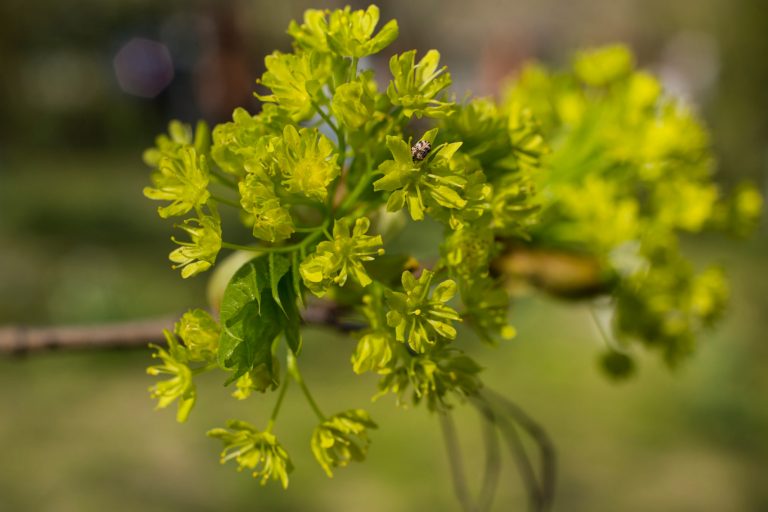
Gibberellins are plant hormones that regulate a wide range of processes, such as flowering, growth (by stem elongation), seed germination, and fruit ripening.
Table of Contents
The family of gibberellins have a similar effect to that of auxins; they promote cell division and elongation. The major difference is that gibberellins in no way inhibit growth.
Gibberellic Acid
Gibberellic Acid is an example of one of the gibberellin family. Regardless of genotype (tall or small plants), more gibberellin equals more lateral growth.
Gibberellins and Germination
Gibberellins are responsible for promoting growth in the embryo of a seed. It does this the following way
- Gibberellin released by the embryo travels towards the aleurone layer, its target tissue situated in the endosperm region of the seed (alongside the embryo).
- Gibberellin acts as the inducer, as its presence allows the enzyme induction of amylase, which can break down starch INTO a sugar to be used in the embryo.
- Sugar is used in the plant to synthesize proteins and break out of dormancy.
Gibberellins initiate this process in Summer, when the external environment exhibits favorable conditions for plant growth.
The previous tutorial has investigated the auxin family hormones involved in plant growth. The next tutorial investigates the sites of this growth, the meristems.
You will also like...
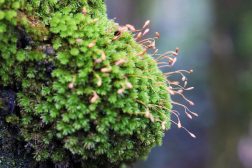
Meiosis and Alternation of Generations
Plants are characterized by having alternation of generations in their life cycles. This tutorial is a review of plant m..

Sensory Systems
A sensory system is a part of the nervous system consisting of sensory receptors that receive stimuli from the internal ..
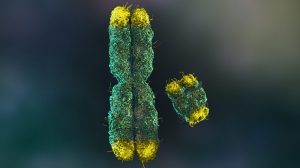
Chromosomes X and Y and Sex Determination
This tutorial looks at sex determination via the sex chromosomes, X and Y. Read it to get more info on X and Y chromosom..

Genetic Information and Protein Synthesis
Genes are expressed through the process of protein synthesis. This elaborate tutorial provides an in-depth review of the..
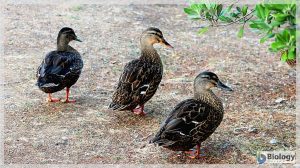
Population Growth and Survivorship
This lesson looks at population attributes, regulation, and growth. It also covers population genetics, particularly gen..
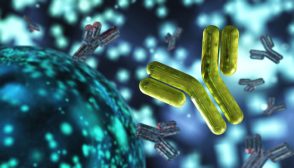
Passive and Active Types of Immunity
Lymphocytes are a type of white blood cell capable of producing a specific immune response to unique antigens. In thi..
